Good and Bad Frames
In navigating the complexities of life, understanding whether a frame—a way of perceiving or engaging with the world—is good or bad can profoundly affect how we live, act, and interact. A good frame empowers us; it feels intuitive and actionable. A bad frame will lead us in the wrong direction.
Pragmatism and Participation
We will review frames through two main points: pragmatism and participation. Pragmatism focuses on whether something is actionable and enables us to achieve meaningful outcomes. Defined simply: does this frame allow me to get things done? Participation is the act of engaging meaningfully with a frame.
Pragmatism – Personal and General
Pragmatism operates at multiple levels. We have personal pragmatism. Is this frame practical for me? Can I actively use it in my own life?
For instance, building a small bridge over a stream may be feasible for an individual, but constructing a highway bridge is beyond the capacity of most.
Then we have general pragmatism. Is this frame practical for society at large? For example, large-scale infrastructure projects may be impractical for individuals but are pragmatic on a governmental or collective scale.
Key Insight: A frame that isn’t actionable for you may still work for others, but if you can’t engage with it personally, it may not serve you.
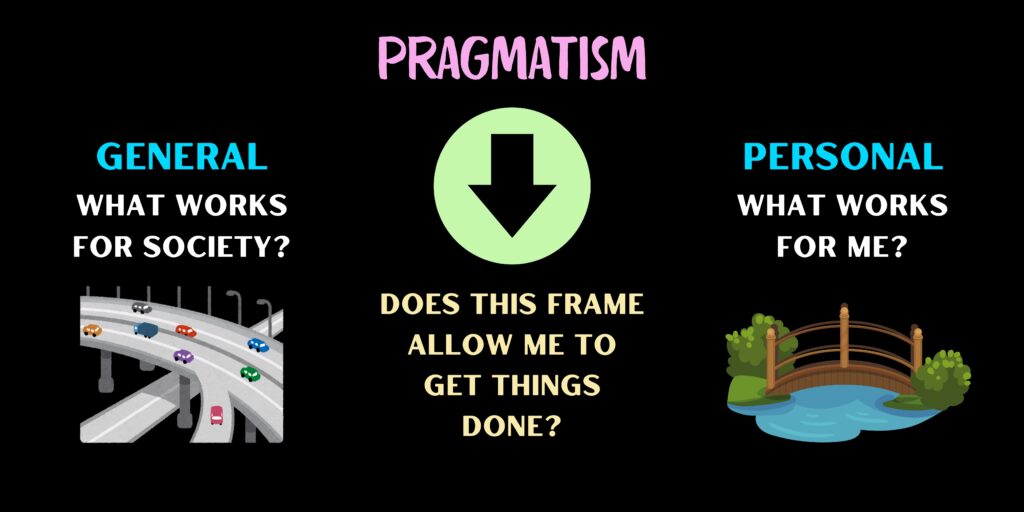
Participation: Testing Frames
Participation is closely related to pragmatism but adds a layer of personal involvement. If you cannot participate in a frame—if it feels alien or disconnected—it’s likely not a good frame for you.
Good Participation
When we have good participation, it moves your experience in a positive direction. It will feel engaging and intuitive. An example is when we play games with friends. It helps relieve our stress levels, and help maintain our friendships.
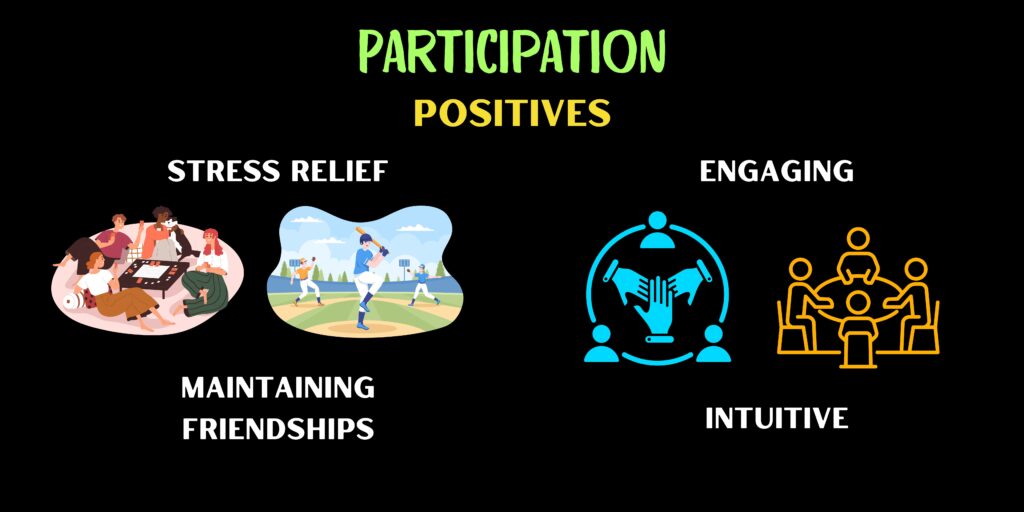
Bad Participation
However, when we experience bad participation, it can lead to harm. This is done by participating in toxic environments. It can also cause you to feel less connected and that you were manipulated.
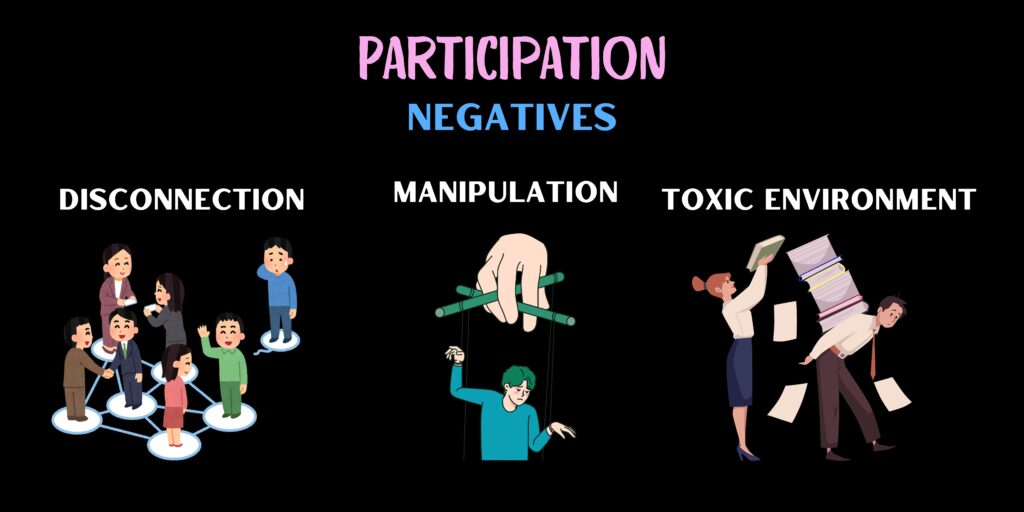
The Role of Intuitive Knowledge
Your intuitive senses—how you feel about a frame—serve as a compass. If a frame leaves you consistently angry, frustrated, or unfulfilled, it’s a sign the frame may not be right for you. Trust your intuition as an early-warning system. When we have positive intuition a good frame often feels natural and empowering. It aligns with your values and encourages productive action. On the other hand, with negative intuition a bad frame creates resentment or helplessness. This is because it’s rooted in unrealistic expectations.
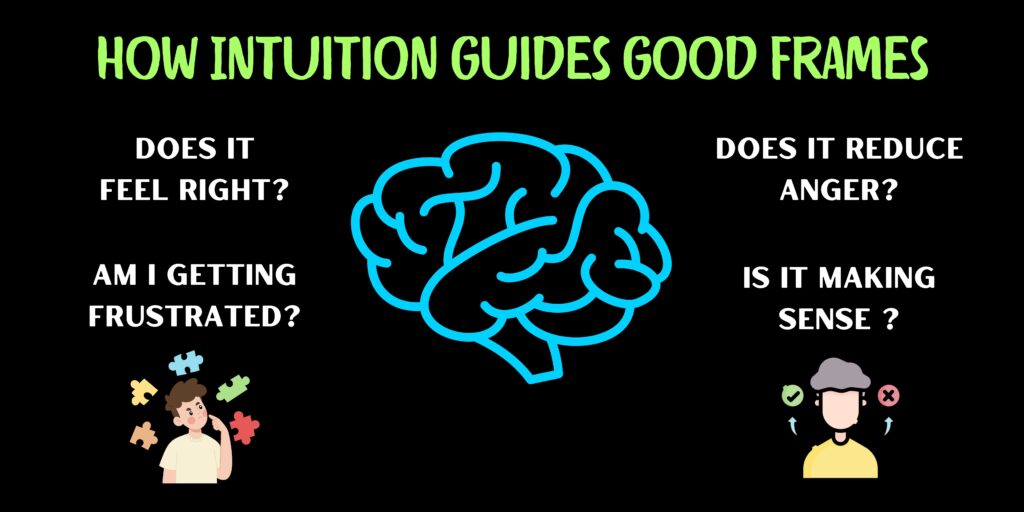
Pragmatism and Participation in Practice
To assess whether a frame is good or bad, ask yourself these questions:
- Can I act on this frame? Pragmatism requires action. If a frame leads only to theorizing or complaining, it is not useful.
- Can I participate meaningfully? Being excluded from any type of participation because you cannot engage is not helpful.
- How does this frame make me feel? Intuition reveals whether a frame aligns with your values and emotions.
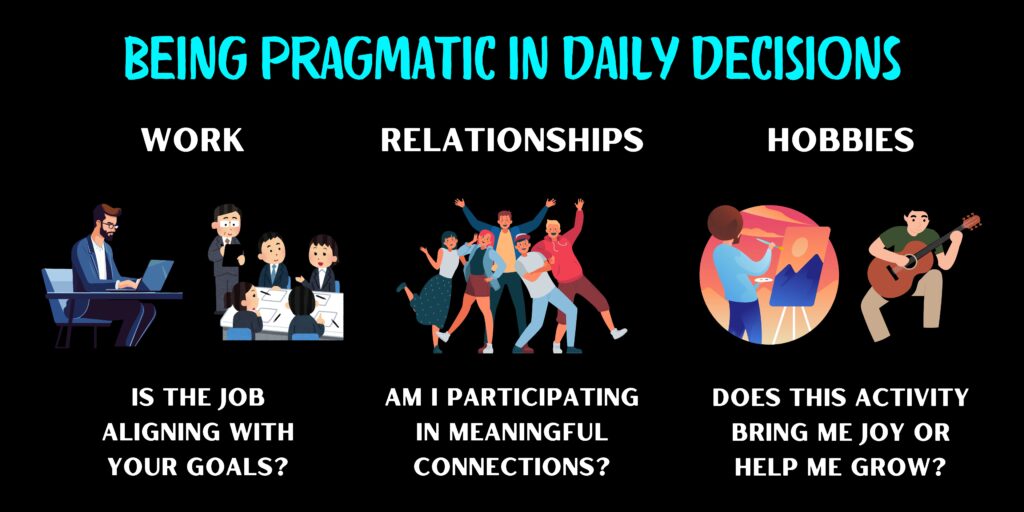
In Summary
A good frame is pragmatic, participatory, and intuitive. It empowers you to act, aligns with your values, and creates meaningful engagement. By contrast, a bad frame creates frustration, prevents you from taking action, or manipulates your emotions.
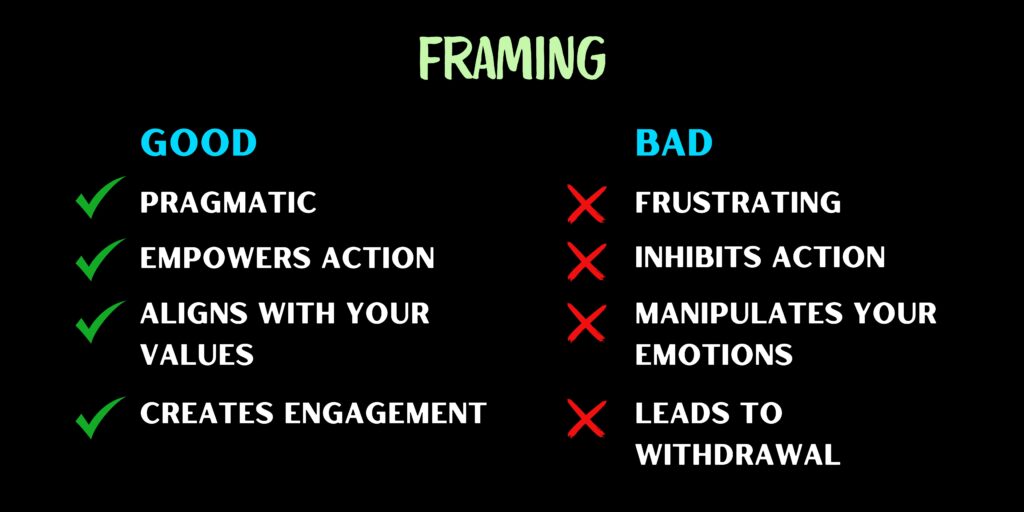
For more information about framing, please watch the following video from Navigating Patterns: Discerning a Good Frame from a Bad Frame.
Critical Thinking Series
Critical Thinking Avoiding Pitfalls – Article | YouTube
Discerning a Good Frame from a Bad Frame – YouTube
Fall of the Fourth Estate – Article | YouTube
Apologetics and Theology – YouTube


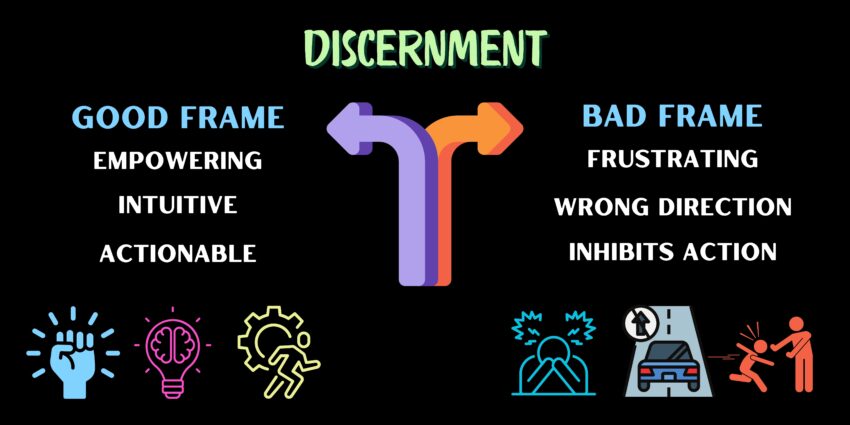
Very informative and insightful content! This site always delivers interesting and useful articles.